I started using Gradle and Intellij but I am having problems to configure Gradle's JVM. When I start a new Gradle project I am not allowed to define JVM as my JAVA_HOME variable. The following screenshots show what is happening:

As you can see Intellij says that my JAVA_HOME variable is not defined, however if I type echo $JAVA_HOME I can get my Java directory, in my case: /Library/Java/JavaVirtualMachines/jdk1.8.0_45.jdk/Contents/Home
My ./~bash_profile is configured as follow:
export JAVA_HOME=$(/usr/libexec/java_home)
Someone can figure what is happening ? Thank you!
